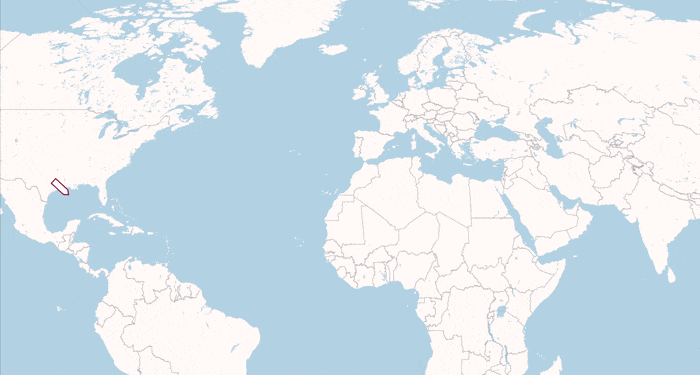Soaring energy prices in Europe have upset normal shipping routes for cargoes of liquefied natural gas with vessels destined for Asia rerouting mid-voyage to service increasingly desperate European consumers.
For much of the year buyers in China, Japan and South Korea have outbid Europeans for LNG shipments. Chinese officials in September ordered state-owned energy companies to secure supplies at all costs, after power shortages had forced many companies to restrict output.
But with European gas prices rising a further 6.5 per cent to a record €157 per megawatt hour on Tuesday as Russian gas flows on a key pipeline stopped, more LNG shipments are heading to the continent.
“Soaring spot gas prices in Europe are prompting some rare cargo movements,” said Alex Froley, an analyst at research consultancy ICIS, which tracks LNG tankers.
Those movements include the diversion of US LNG vessels bound for Asia backed towards European ports and the first shipment of Australian LNG to Europe in more than a decade.
Minerva Chios, a US LNG tanker, was heading east near India on December 15 but has since turned around and was now on course for the Suez Canal, suggesting a delivery to Europe, Froley said.
A second US LNG vessel turned around near the Malacca Strait last week, while a third vessel delivered a partial cargo of Australian LNG to Barcelona on December 2 after leaving the larger part of the shipment in China.
“This is believed to be the first Australian LNG into Europe since 2009, when there were a couple of Australian cargoes to the UK and France,” he added.
According to data from Clarksons Platou, the difference between European and Asian prices is currently the widest on record.
On Monday, spot LNG shipments to Europe were pricing at roughly $44 per million British thermal units compared with about $38/Mmbtu in Asia, it said. During October and November prices in Asia had averaged $5/Mmbtu above those in Europe, the brokerage said.
Torbjorn Tornqvist, the founder and chief executive of Gunvor, the world’s biggest independent LNG trader, said he expected to see 15 to 20 cargoes, in addition to the normal flow, head to Europe this month and the same amount in January.
“Europe is clearly pricing itself to attract a lot of LNG and it needs it,” he said. “Without that, the supply situation could be very serious depending on the weather. Stocks are already low and will be exceptionally low by the end of the winter.”
Froley added that Royal Dutch Shell, which has an offtake agreement with the Pampa Melchorita LNG terminal in Peru, had been sending Peruvian LNG to the UK for the first time since 2019. Seven such Shell cargoes have arrived in the UK since the end of October, with four more cargoes scheduled “in coming weeks”, he said.
Like in continental Europe, UK gas prices have risen roughly 600 per cent since the start of the year, bankrupting more than two dozen domestic energy suppliers.
Gas accounts for about 40 per cent of UK electricity generation and heats the majority of homes. It depends on LNG shipments for roughly a fifth of total supply.
Anatol Feygin, chief commercial officer of Cheniere Energy, one of the biggest US exporters of the fuel, said the competition for cargoes underscored the need for flexible supplies of the super chilled fuel. A lot of LNG is sold under long-term contracts.
“Whether it’s cold weather, power shortages, or increased economic activity, the beauty of destination-flexible LNG is that it can respond quickly to demand where it is needed.”











